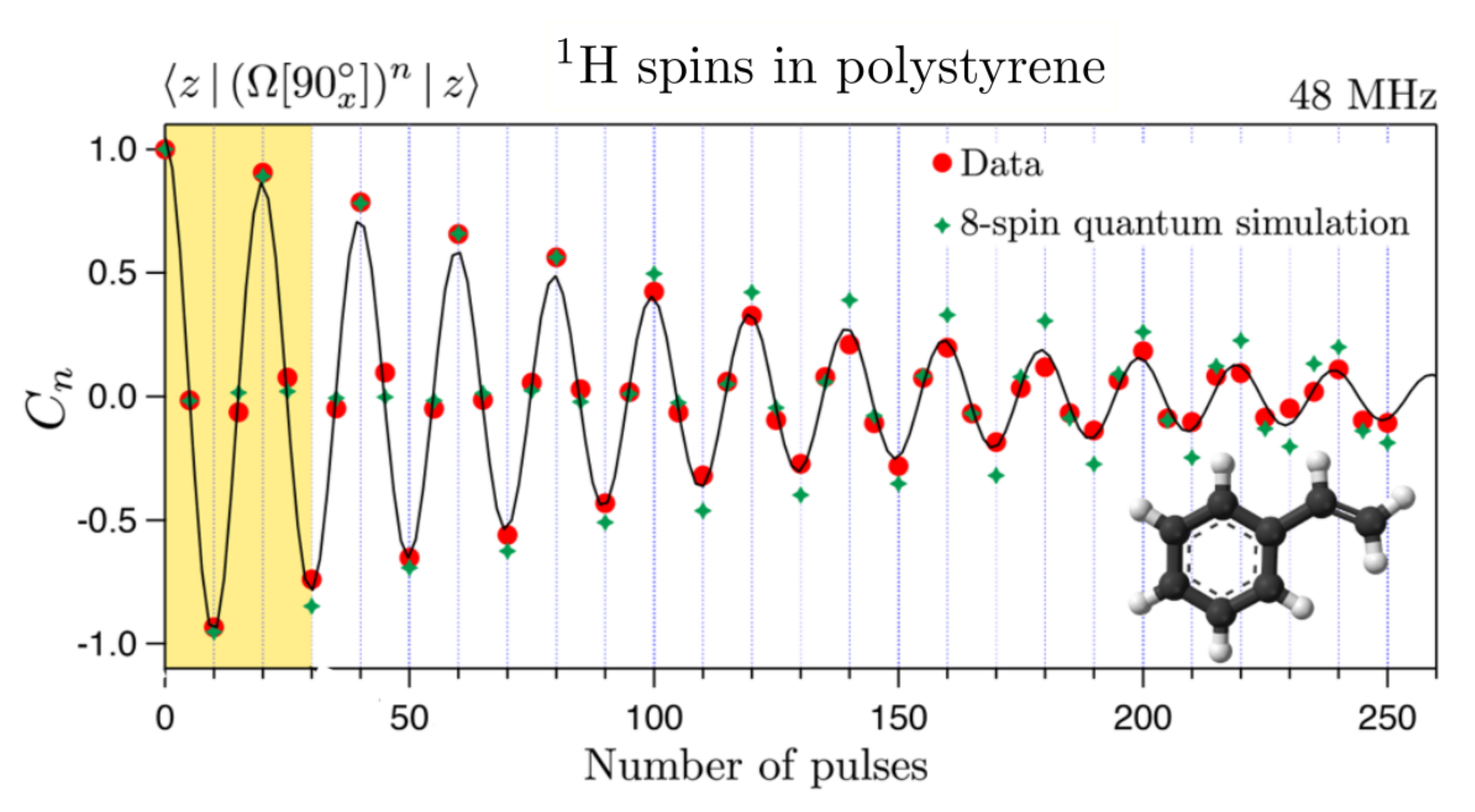Numerical pulse engineering

The highly non-uniform magnetic fields required for ultrasensitive spin detection come with their own challenges: the conventional methods for spin control in NMR become unusable. This is especially detrimental since the imaging resolution is limited by the spin coherence time, which can only be increased using sophisticated dynamical decoupling sequences that require high-fidelity spin control.
To mitigate this, we utilize optimization-based quantum control algorithms that address the large field inhomogeneities in our set up, while also adhering to the amplitude and bandwidth constraints of the experimental setup [1], [2]. Furthermore, these methods efficiently account for undesirable interactions such as chemical shifts and spin-spin couplings by minimizing the corresponding perturbative corrections to the spin propagator. These methods have allowed us to reclaim NMR's rich repertiore of spin control sequences, and utilize them for dynamical decoupling and engineering interesting Hamiltonians to, e.g., study spin transport.

This has been essential for achieving nm-resolution imaging of protons in polystyrene [3], and encoding the angstrom-scale magnetization gratings required for picometer-precision NMR diffraction [4]. Our group is constantly developing its toolbox of quantum control methods alongside our experiments.
